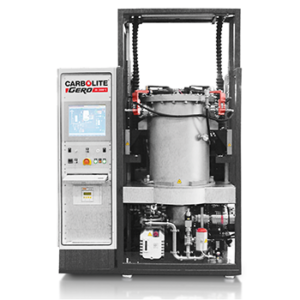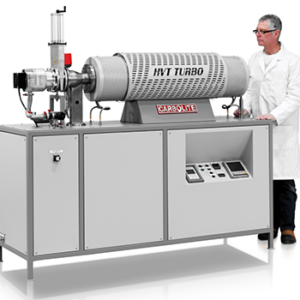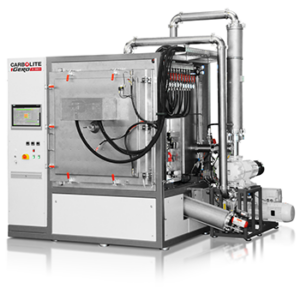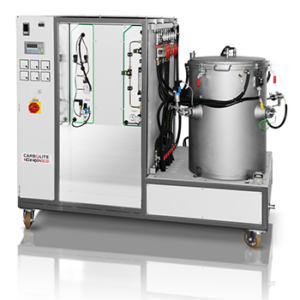Discover the World Beyond Your Sights
Vacuum
Furnaces

VACUUM FURNACE OPTIONS & APPLICATIONS
Many different options are available for the vacuum furnaces range at the order stage, including advanced software, data loggers, and sophisticated digital controllers. These facilitate additional levels of control over the operation of the vacuum furnace and provide complete data recording capabilities. Furthermore in some cases different pumps, vacuum systems, and cooling systems can be provided in order to meet specific requirements.
All of our vacuum furnaces feature a robust construction and can provide rapid and highly consistent heating in a controlled atmosphere, making them ideal for numerous heavy duty industrial and laboratory applications.
Common applications of a vacuum furnace include brazing, sintering, annealing, degassing, drying, tempering, soldering, quenching, and hardening. A vacuum furnace can also be used for metal injection moulding (MIM) or ceramic inject moulding (CIM) as well as metallisation, siliconization, carbonisation, and other industrial processes.
Different vacuum furnaces will be best suited to different functions. Vacuum hood furnaces provide the highest possible purity while vacuum furnace models with bottom loading capabilities allow easy access to samples. Laboratory vacuum furnaces have a more compact design than other models, making them well suited for a research environment. Carbolite Gero vacuum tube furnaces are based on the according non-vacuum models, but modified and equipped with a purpose-built vacuum unit. Therefore, a large range of diameters and lengths are available. In the case of the HTRH-H2, Hydrogen atmospheres are possible as well.
VACUUM FURNACES - FAQ
WHAT IS A VACUUM FURNACE?
WHY IS A VACUUM FURNACE REQUIRED FOR HIGH TEMPERATURES?
WHICH APPLICATIONS REQUIRE A VACUUM FURNACE?
WHAT TYPE OF ATMOSPHERE IS POSSIBLE IN A VACUUM FURNACE?
WHAT TYPES OF HEATING ELEMENTS ARE USED IN A VACUUM FURNACE?
Innovations
Our Latest Innovations
At Opti-Tech, we live on the leading edge. Find out what’s new around here, from
the latest solutions to the newest technologies.





